The angle of light has a profound effect on how your photo feels. The direction of the light source on your subject affects shadow, texture, dimensional quality and depth.
To make this simple, I will change the angle of light so that you may see the effect it has on a single subject. If you’re the “show me” sort of person, this article is for you!
Photography = drawing with light
In Greek, “photo” means light, and “graph” means “draw.” It’s important to bear in mind how we are essentially capturing light. Of course the angle of light will matter greatly! Whether you do portrait photography, light painting at night or positioning someone outside, it’s important to be aware of how the angle of light affects your subject.
Easily comparing how angle affects the drama, mood and texture of a pumpkin (yes, a pumpkin)
I will use will be at 120, 90, 45 and 0 degrees from the camera, with the camera being at 0 degrees. Sound good? Let’s check it out!
Illumination: 120 degrees from the camera

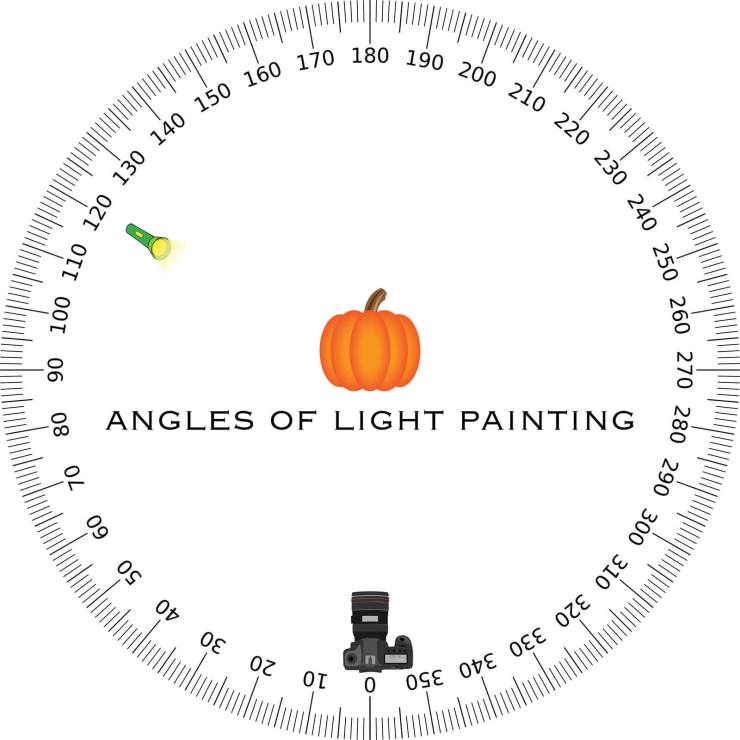
Notice how sharp the angle is. This angle produces a lot of shadow and texture. It is very popular currently with sports portraiture.
It also produces a great deal of drama in light painting. In night photography light painting, this can also create dramatic results that make you jump for joy when you see the results in your LED screen!
Illumination: 90 degrees from the camera

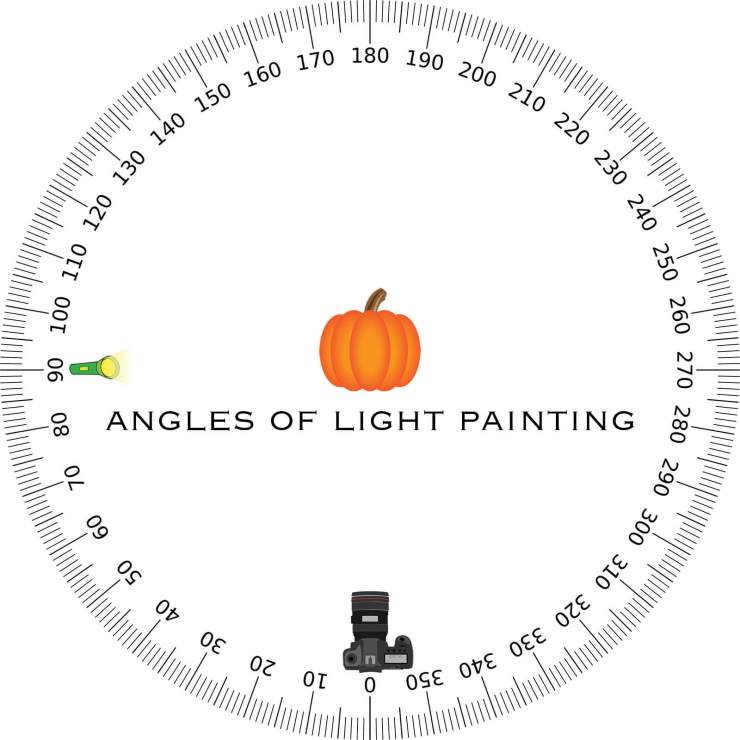
At an angle of 90 degrees, there’s still quite a lot of depth and shadow, but clearly less than before. Many people still consider this to have quite a lot of drama. This angle picks up texture well and can leave interesting shadows.
For portraits, this angle can be quite pleasing. Some photographers use light from a window to light their subjects while they are sitting at a table, and the angle, although typically with very soft light, is often at a 90-degree angle.
In night photography light painting, this angle is great for picking up textures from the subject, especially if it has a lot of patina already.
Illumination: 45 degrees from the camera

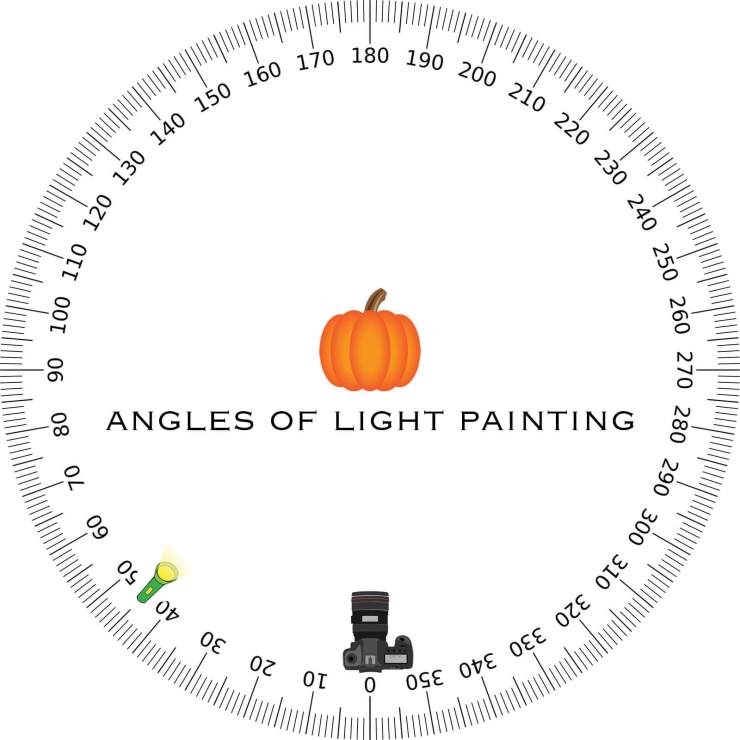
The light at 45 degrees is still picking it a decent amount of detail and illuminates the pumpkin quite a bit more. This could be a useful angle for, well, quite a few scenarios.
Illumination: 0 degrees from the camera (straight on, in other words)


This time, the lighting is straight on. Most photographers consider this light to be harsh and flat. Notice the lack of depth, shadows or texture.
Unfortunately, this is the lighting angle that we often get from our cameraphones or pop-up flashes. This is why many portrait photographers either angle their flashes away from the subject, choosing to bounce the light from a wall or the ceiling, use light modifiers, off-camera flash or other lights and reflectors.
In the harsh sunlight, this is often why the sun might not be as pleasing as when it is how in the horizon.
With photography when the full moon is out, the moon can often wash out a subject if it is aiming straight at the subject. And with our light painting, blasting the subject from directly behind the camera will often result in harsh, flat lighting. Many photographers would say that this lighting lacks drama.
The same lighting angles with our second subject
Now, let’s look at other angles. Here, I’ve used a Buddha that we purchased in Thailand to illustrate what this lighting might look like with a person. See which angles illicit the most dramatic lighting and mood.
.mgl-tiles { display: none; } #mgl-gallery-634edf7b83906 { margin: -5px; width: calc(100% + 10px); } #mgl-gallery-634edf7b83906 .mgl-box { padding: 5px; } @media screen and (max-width: 768px) { #mgl-gallery-634edf7b83906 { margin: -5px; width: calc(100% + 10px); } #mgl-gallery-634edf7b83906 .mgl-box { padding: 5px; } } @media screen and (max-width: 460px) { #mgl-gallery-634edf7b83906 { margin: -5px; width: calc(100% + 10px); } #mgl-gallery-634edf7b83906 .mgl-box { padding: 5px; } }
The light is illuminating the Buddha statue at a 120-degree angle from our camera.
The light is illuminating the Buddha statue at a 90-degree angle from our camera.
The light is illuminating the Buddha statue at a 45-degree angle from our camera.
The light is illuminating the Buddha statue at a 0-degree angle from our camera. In other words, directly behind the camera.
Surprise pop quiz!
Don’t worry. You’re not being graded. We’re just having fun.
We know that “photo” + “graph” and that capturing light when we are photographing. And we have seen two examples of specific angles of light.
Now, have a look and see if you can determine what angle the light is coming from in these following photos. For extra credit, consider why the angle of the lighting impacts the drama and mood of the photo.

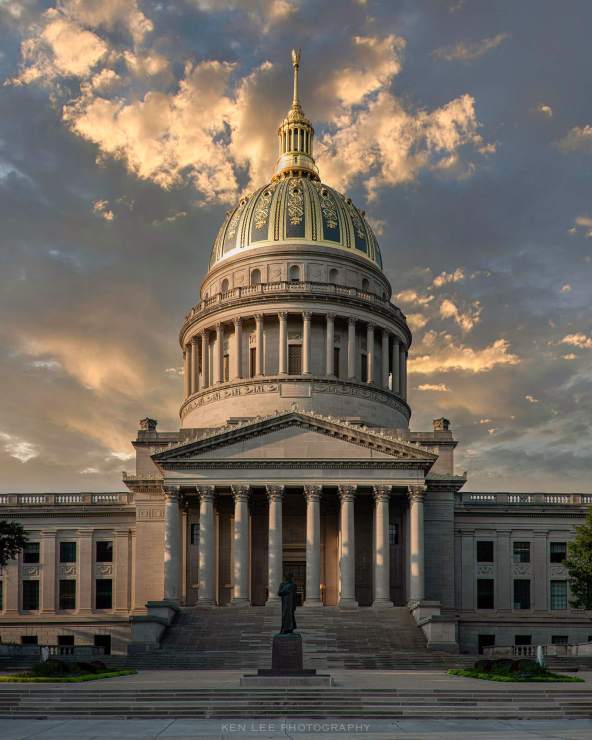
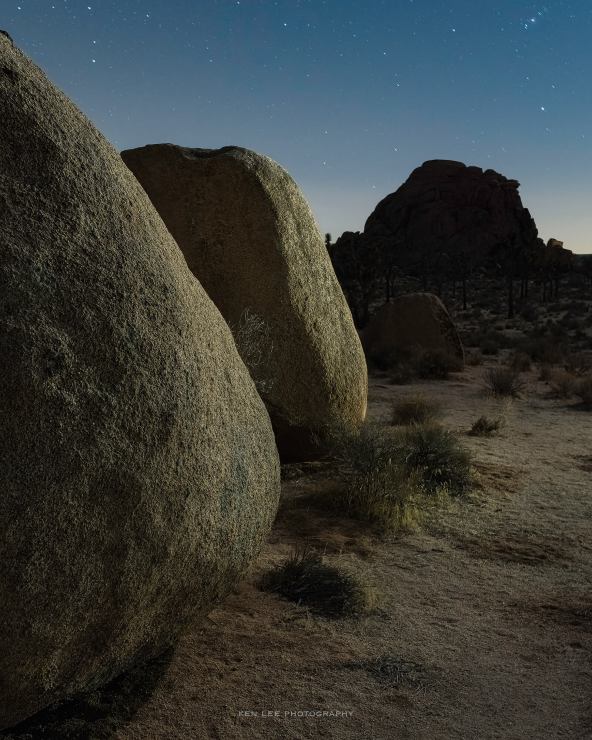

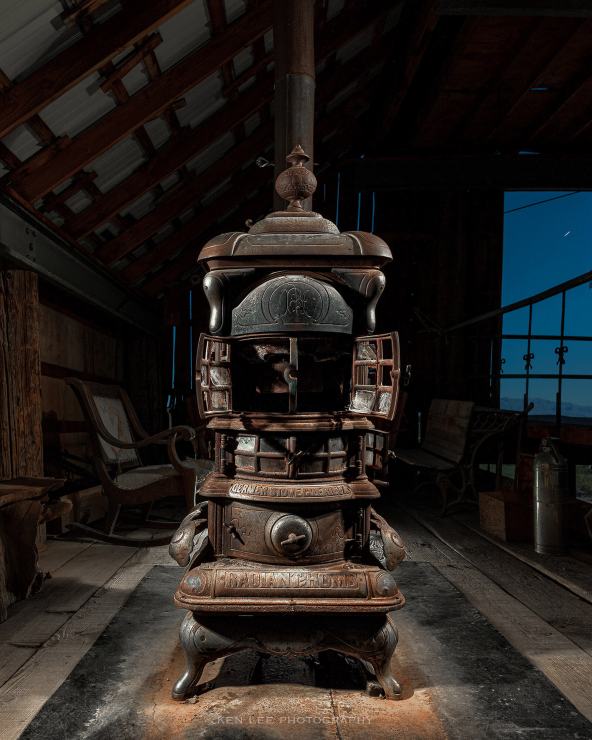
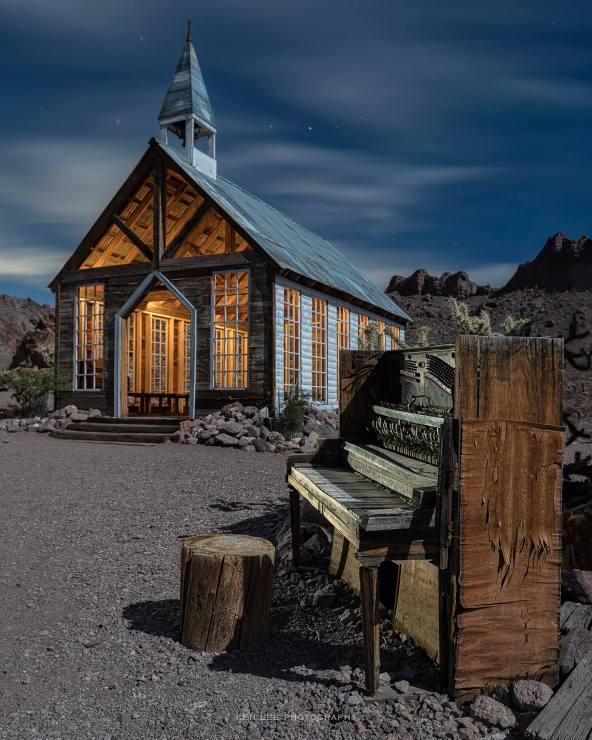
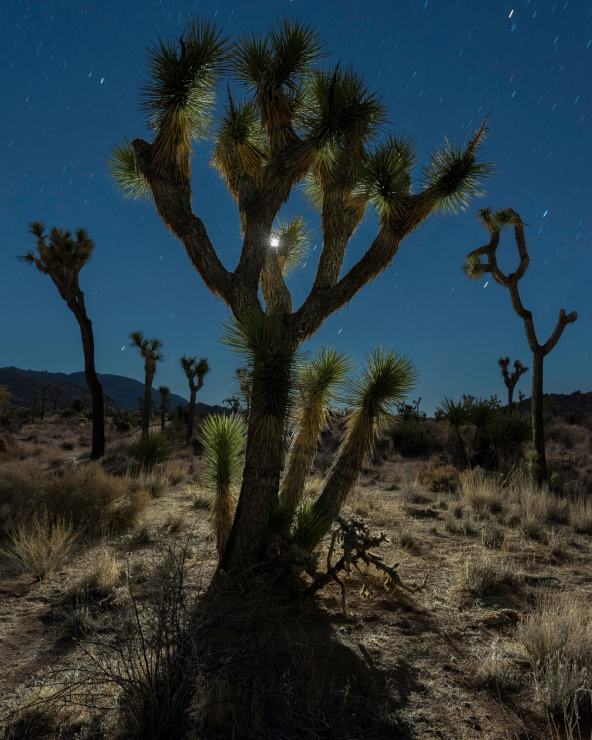
Tell your story with the second annual Visual Storytelling Conference!
Experience four days of interactive, online training sessions featuring a range of educational content with experienced photographers and content creators. This free event kicks off with a series of technical boot camps to build essential skills, followed by live, online sessions on photography, video, business and social media. Join live from March 10-13, 2022!
